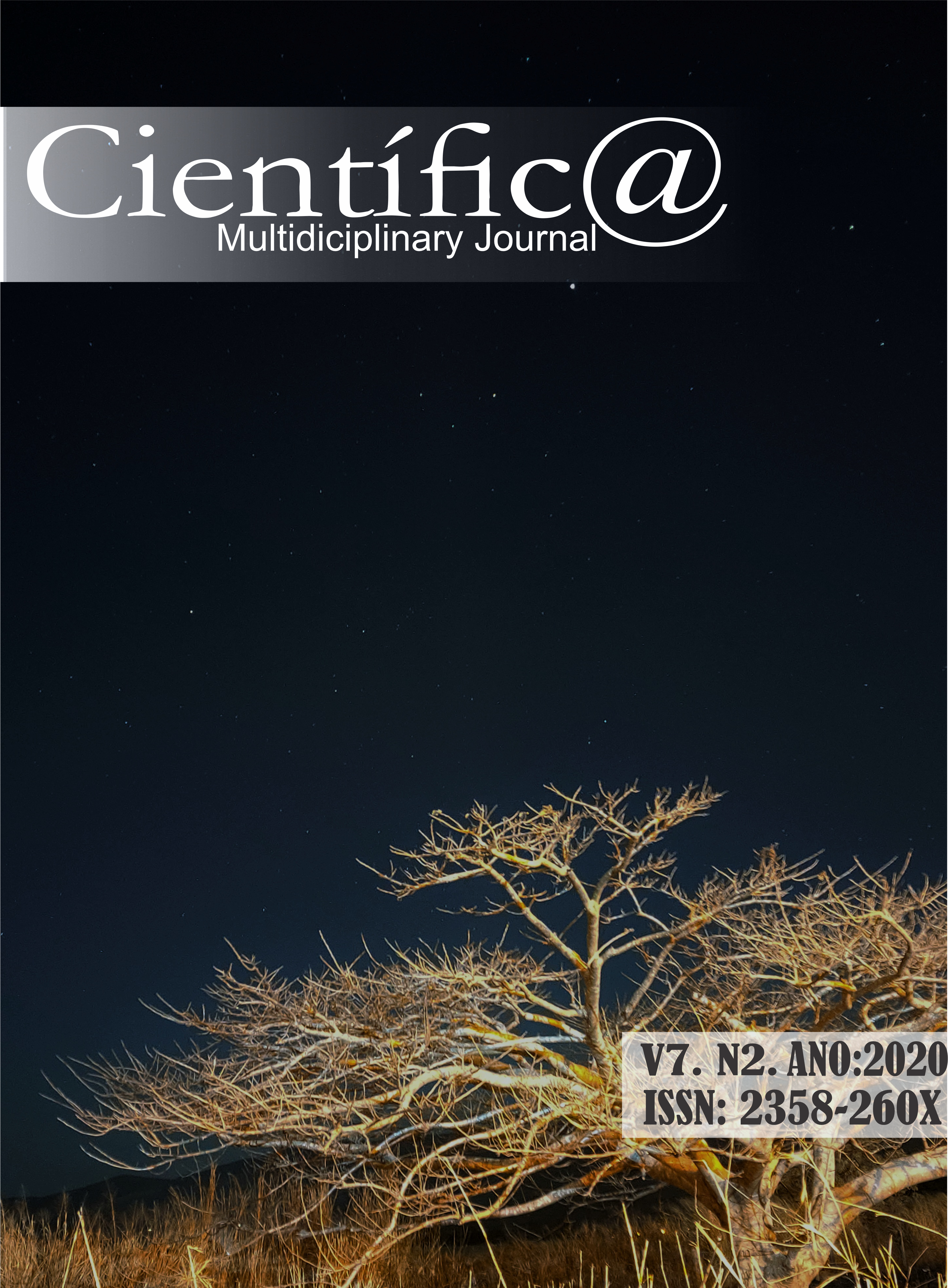EFFICIENCY OF DIFFERENT MELOIDOGYNE SPP EXTRACTION METHODS. IN ACEROLEIRA CULTURE
DOI:
https://doi.org/10.37951/2358-260X.2020v7i2.4713Abstract
The acerola plant is an important crop for northeastern Brazil, due to its adaptation to the region's climate. One of its main phytosanitary problems in the culture is the losses caused by phytomatomatoids of the genus Meloidogyne, known as gall nematodes. In the various agronomic studies in the management of this disease in culture it is essential to isolate the pathogen to perform the study. In order to obtain suspension of phytomatoma inoculants, a fast, reliable and highly efficient method is necessary for the extraction of viable individuals from the soil and root system, both for field diagnostics, but also for laboratory research. The objective of the work was to evaluate different adaptations of the Jenkins method for soil samples and the Coolen and D'Harde method for root samples, regarding the amount of M. incognita and M. enterolobii extracted / mL, indicating which of these methodologies can obtaining the largest amount of specimens and eggs extracted from the acerola culture. Therefore, the best extraction methodologies were the treatments using a rotation speed of 1400 rpm for soil samples and the treatment using the addition of kaolin for extractions of aceroleira roots in the two Meloidogyne species. For the extraction centrifugation time, each species has a different processing time.
Downloads
Published
How to Cite
Issue
Section
License
Esta revista oferece acesso livre imediato ao seu conteúdo, seguindo o princípio de que disponibilizar gratuitamente o conhecimento científico ao público proporciona maior democratização mundial do conhecimento.
A partir da publicação realizada na revista os autores possuem copyright e direitos de publicação de seus artigos sem restrições.
A Revista Científic@ - Multidisciplinary Journal segue os preceitos legais da licença Creative Commons - Atribuição-NãoComercial 4.0 Internacional. 

